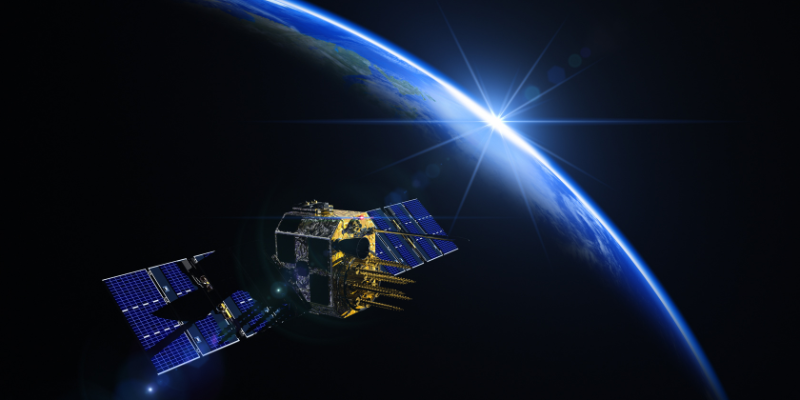In today’s digitally connected world, satellite communication plays an indispensable role in connecting people, businesses, and governments across the globe. Whether you’re making a call, surfing the internet, or watching television, satellites silently orbiting the Earth are facilitating these everyday activities. This blog aims to shed light on the fascinating world of satellite communication, its history, applications, and the future it holds.
A Brief History
The concept of communicating via satellites began as a dream in the early 20th century, but it wasn’t until the mid-20th century that it became a reality. The launch of the first artificial satellite, Sputnik 1, by the Soviet Union in 1957 marked the beginning of the satellite communication era. This event not only ushered in the space race but also laid the foundation for global communication networks.
Key Components of Satellite Communication
- Satellites: Communication satellites are positioned in geostationary orbits or in constellations in low Earth orbit (LEO) and medium Earth orbit (MEO). Geostationary satellites are positioned 35,786 kilometers above the equator, allowing them to appear stationary in the sky. LEO and MEO satellites are closer to Earth and offer low latency, making them ideal for certain applications.
- Ground Stations: Ground stations consist of large dishes and complex equipment used to transmit and receive signals to and from satellites. They serve as the interface between terrestrial networks and space-based communication systems.
Applications of Satellite Communication
- Telecommunications: Satellite communication is vital for global voice and data transmission. It enables long-distance phone calls, data transfer, and video conferencing even in remote areas where traditional infrastructure is lacking.
- Internet Connectivity: Satellites play a crucial role in providing internet access to underserved or remote regions. Companies like SpaceX and OneWeb are deploying large constellations of LEO satellites to expand global broadband access.
- Broadcasting: Satellite TV services are ubiquitous, offering a wide array of channels to viewers around the world. Direct-to-home (DTH) broadcasting is a popular application, ensuring high-quality TV reception in even the most remote locations.
- Weather Forecasting: Satellites equipped with weather instruments provide invaluable data for meteorologists. This data helps in tracking storms, monitoring climate changes, and issuing timely weather forecasts and warnings.
- Military and Defense: Governments worldwide use satellites for secure communication, surveillance, navigation (e.g., GPS), and reconnaissance. These applications are critical for national security and defense.
Challenges and Future Developments
While satellite communication has come a long way, it faces various challenges, including:
- Latency: Geostationary satellites have a noticeable delay due to their distance from Earth. LEO and MEO satellite networks are addressing this issue by offering lower latency solutions.
- Space Debris: The increasing number of satellites in orbit raises concerns about space debris and the need for sustainable space practices.
- Competition: The growing number of players in the satellite industry has led to increased competition and cost pressures.
The future of satellite communication is exciting, with ongoing advancements in technology and a focus on expanding access and improving performance. Some trends and developments include:
- 5G Integration: Satellites are set to play a pivotal role in 5G networks, providing enhanced connectivity and coverage.
- Earth Observation: High-resolution Earth-observing satellites are aiding in climate monitoring, resource management, disaster response, and more.
- Miniaturization: Smaller, more cost-effective satellites, such as CubeSats, are opening up opportunities for research, communication, and exploration.
Conclusion
Satellite communication has revolutionized the way we connect, gather information, and navigate our world. From bridging the digital divide to enabling global-scale communication, its significance cannot be overstated. As technology continues to advance, satellite communication will remain a crucial part of our interconnected world, offering solutions to some of the most pressing challenges and expanding our reach beyond Earth’s boundaries.



